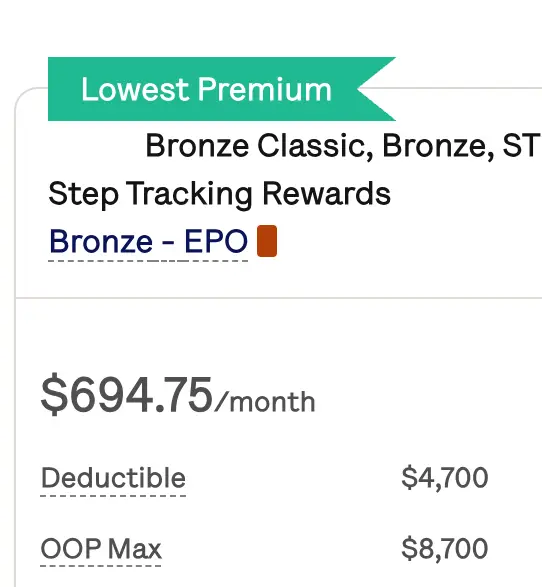7 Best Exercises and Workouts With Ozempic
The seven best workouts for weight loss, particularly for non-athletic individuals, include walking, high-intensity interval training (HIIT), swimming, cycling, aerobics, yoga, and weight lifting to boost your Ozempic weightloss journey. Each workout varies in the amount of calories burned per hour and has specific instructions, dos, and don'ts.
All Mira memberships comes with gym discounts that allow you to sign up for local gyms with waived initiation fee and discounted month-to-month rates (no longer get locked into those hard-to-get-out contracts).
How does exercising help you lose weight while on Ozempic?
Ozempic helps you eat less, exercise helps you burn even more calories
Weight loss is generally understood in the context of energy balance. According to a significant study published in "The Journal of Nutrition" entitled "Energy Balance and its Components: Implications for Body Weight Regulation", this energy balance principle dictates that if you consume more calories (or energy) than you burn, you will gain weight. Conversely, if you burn more calories than you consume, you will lose weight. This principle often relates to the concept of a "calorie deficit" in weight loss. A calorie deficit occurs when you consume fewer calories than your body needs to maintain its current weight.
Rule of thumb: burning 3500 calories = 1lb, or one hour of exercise 7 days per week.
A commonly used estimate is that burning 3500 calories more than you consume results in approximately one pound of weight loss. This is based on the approximate amount of energy stored in a pound of body fat. To achieve
However, this 3500-calorie rule is a rough estimate and actual weight loss can vary depending on a number of factors, including individual metabolic rate, muscle mass, age, sex, genetics, and daily activities. While you cannot change the inner working of your body, you can modify daily activity patterns as well as build more muscle to burn fat.
Choosing the right type of exercise
Picking the right type of exercise depends on two factors: what you want to achieve and how consistently can you do it. For example, if you are looking to be slimmer and not gain any muscle, frequent jogging might be a great fit. On the other hand, if you live in a city with no accessible walking trail, it might not be a great idea since you cannot do it as often.
It is important to balance between your short-term goal and your long-term commitment. It is always better to choose the type of exercise that you can do every day over one that is short-lived.
| Exercise | Avg. Calorie Burn per Hour |
|---|---|
| Walking | 300-400 |
| HIIT | 400-600 |
| Swimming | 500-700 |
| Cycling | 400-600 |
| Aerobics | 400-600 |
| Yoga | 200-600 |
| Weight Lifting | 300-500 |
1. Walking for Weight Loss: An Approachable Exercise for Everyone
Embarking on a weight loss journey often requires lifestyle changes that include diet modification and regular exercise. For beginners and those with joint issues, walking is an effective and low-impact option (Mayo Clinic). Walking for an hour can burn roughly 300-400 calories depending on your pace and body weight.
A good starting point is incorporating a brisk walk of 10 minutes into your daily routine. As your fitness level improves, gradually increase the duration and pace of your walks.

Walking Dos and Don'ts
Ensure you maintain good posture and wear comfortable, well-fitted shoes during your walking exercises. Avoid overstraining yourself by walking too fast or too far at the beginning. The aim is to progress slowly and steadily to prevent any potential injuries.

Get affordable doctor copay without paying insurance premiums
Join 39,000 people and get Mira, the best alternative to traditional insurance. Enroll and use immediately. Plans start at only $45/mo.
The Mira Research team conducts original data and medical research on the most applicable topics of today and translates them into easy-to-understand articles to educate the public. Each of our articles is carefully reviewed and curated with interviews and opinions from medical experts, public health officials, and experienced administrators. The team has educational backgrounds from New York University, the University of Virginia, more.

